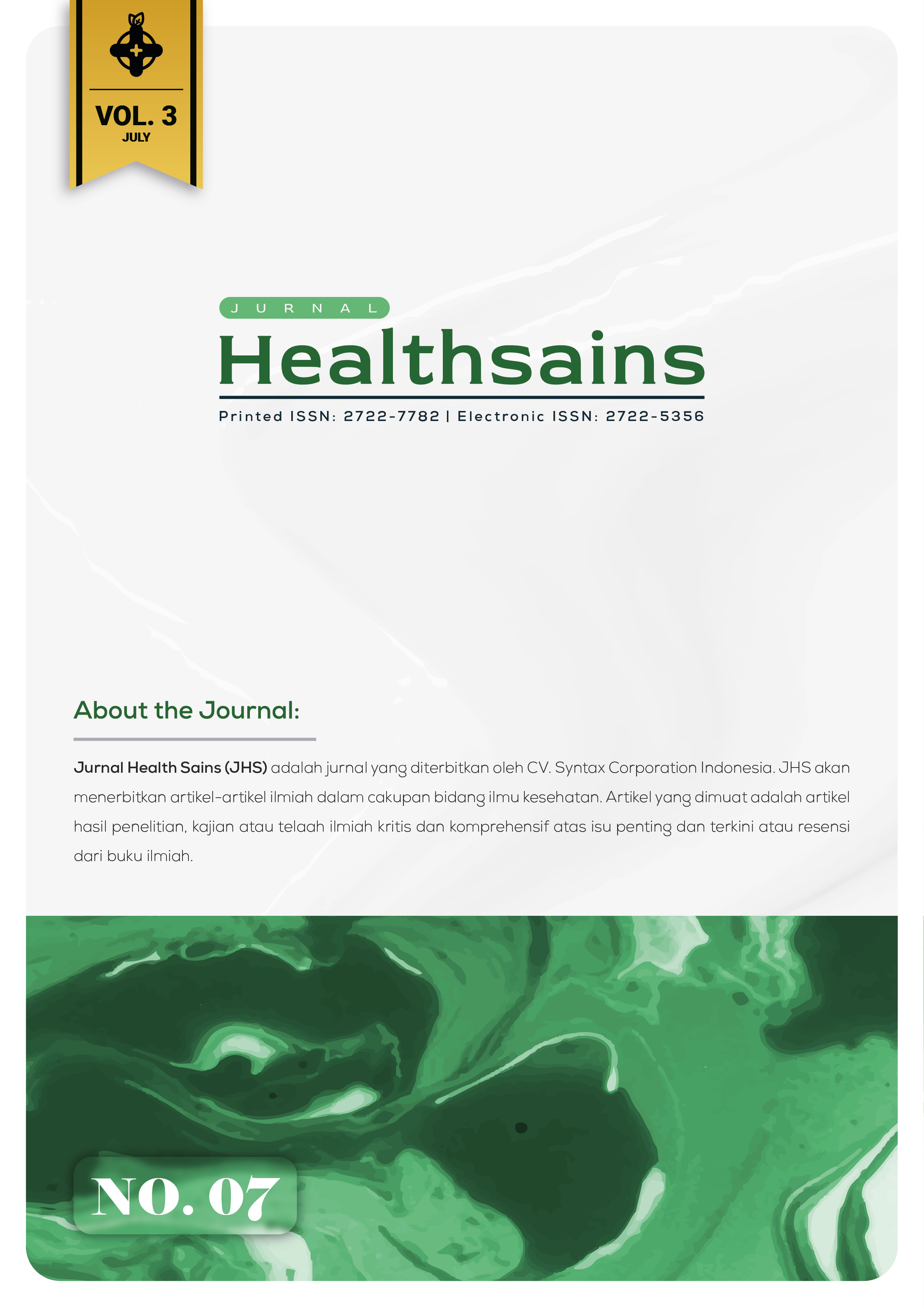Formulasi dan Evaluasi Zona Hambat Berbagai Sediaan Anti jerawat dari Ekstrak Daun Kemangi (Ocimum Sanctum)
DOI:
https://doi.org/10.46799/jhs.v3i7.550Keywords:
Daun kemangi, anti jerawat, Staphylococcus AureusAbstract
Basil leaves (Ocimum Sanctum) can live well in the wild or cultivated. So far, basil leaves (Ocimum Sanctum) are only used as a complementary ingredient in cooking. In fact, basil leaves (Ocimum Sanctum) have great potential to be used in cosmetics. These basil leaves also have active compounds, namely essential oils, alkaloids, saponins, flavonoids, steroids. Some of these tannins and phenols have anti-acne properties. In this study, we will discuss which preparations and at what concentration basil leaves are effective in inhibiting acne-causing bacteria (Staphylococcus Aureus). The research was conducted through a collection of journal data that has a purpose with the object of research and an explanation of several methods in the research is carried out. The results of the study concluded that the most effective preparation of basil extract in inhibiting acne-causing bacteria (Staphylococcus Aureus) was a cream preparation with an extract concentration of 45% with an inhibition zone of 25.05 mm.
Published
Issue
Section
License
Copyright (c) 2022 Asyri Khoerunnisa, Dyanita Irene Susilo Putri, Farida Nur Aeni, Nia Yuniarsih

This work is licensed under a Creative Commons Attribution-ShareAlike 4.0 International License.
Authors who publish with this journal agree to the following terms:
- Authors retain copyright and grant the journal right of first publication with the work simultaneously licensed under aCreative Commons Attribution-ShareAlike 4.0 International (CC-BY-SA). that allows others to share the work with an acknowledgement of the work's authorship and initial publication in this journal.
- Authors are able to enter into separate, additional contractual arrangements for the non-exclusive distribution of the journal's published version of the work (e.g., post it to an institutional repository or publish it in a book), with an acknowledgement of its initial publication in this journal.
- Authors are permitted and encouraged to post their work online (e.g., in institutional repositories or on their website) prior to and during the submission process, as it can lead to productive exchanges, as well as earlier and greater citation of published work.









